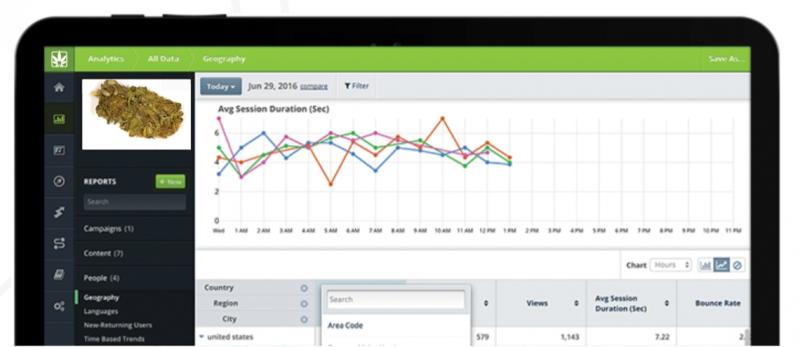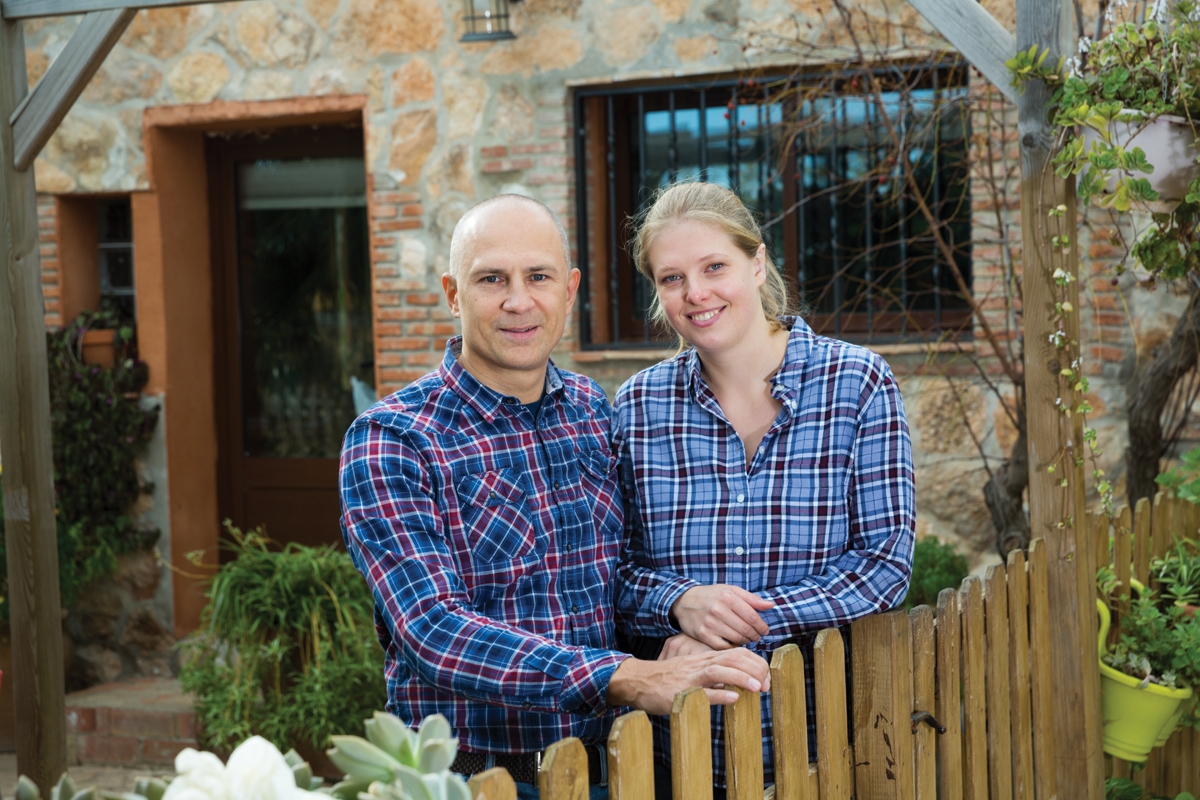
BLOCKStrain — Keeping the cannabis industry on track
It is an exciting time for cannabis in Canada, with new companies popping up every week offering healthy and professionally produced stocks of the leafy green — a product that has for so long been as infamous as it is widespread.
With state-of-the-art growing techniques, these new competitors are looking to develop the perfect strains of cannabis.
Now that there are so many options for Canadians, how can consumers trust what they are receiving is precisely what they need?
Enter BLOCKStrain.
It’s a platform that verifies the quality and unique genome of cannabis products, helping licenced producers stand out in the market while navigating the government’s registration system.
BLOCKStrain has positioned itself as a leader in the industry due to its use of blockchain technology. BLOCKStrain identifies new breeds of cannabis, tracking their exact chemical makeup across the emerging Canadian market to ensure standardization.
Their supply management platform works by testing individual strains of cannabis and then digitizing the genetic information into a blockchain — a record of data that can be used to prove the authenticity of prior transactions of information — meaning products associated with the blockchain ledger can be validated without physically having to be present.
In its infancy, the cannabis industry operated outside the law and without patents for newly invented strains that growers could pass off as something related. Even to this day, many consumers rely on the word of unlicenced producers who have an interest in veiling their plants identity.
With BLOCKStrain, no person or corporation is the authority figure that consumers must take at face value.
Robert Galarza, CEO of BLOCKStrain, says this is the axis point for an industry lacking in transparency across the board.
“Growers don’t need to trust blockchain companies or even one another. They just need to trust the technology,” he said.
With nearly known 1,500 known cannabis strains available, investors want to know what they are investing in, customers want to know what product they are paying for and patients deserve to understand what their medication contains.
The beauty of BLOCKStrain is the platform keeps track of any changes that occur to the strain over time. If the grower alters the plant, the blockchain keeps a record of how the chemical compounds have changed alongside it.

Their platform is easy to navigate. Recently, the company announced new features to the BLOCKStrain platform, further proving its commitment to partner transparency and cooperation.
BLOCKStrain partners can log into a central database of shared strain information that outlines who owns what rights to which strains. This will make it easier for licenced producers to share newly developed strains for testing to be integrated into the blockchain and expedite their registration with regulatory bodies.
The use of BLOCKStrain’s Internet of Things has already led to important insights and updates that the company feels will optimize operational efficiency and lead to clearer management of production businesses.
“We are committed to making the BLOCKStrain’s proprietary technology suite as intuitive and cohesive of an experience for both LPs and testing providers. The data collected will be accessible and actionable to distribution partners and customers,” said Galarza. “This continuous feedback loop will give our partners an edge in the expanding global marketplace.”
There appears to be no shortage of companies looking to take advantage of the booming demand for cannabis in Canada, and despite the Oct. 17 deadline closing in, more businesses are laying claim to the title of “best-produced” or “highest-quality” plants and cannabis-infused products for consumption.
We have come to expect a high level of scrutiny when it comes to our food, alcohol and medication that we use daily. It only makes sense for companies to proffer their goods while remaining openly transparent about what they are selling to Canadians.
BLOCKStrain nullifies the concerns many will have about ‘what they are smoking’ and is strategically placed to become a pillar in the campaign for responsible cannabis use.









